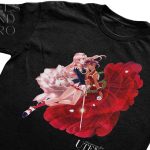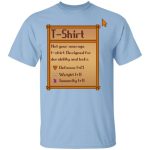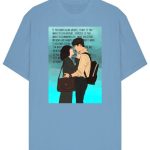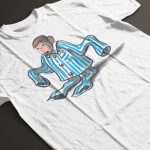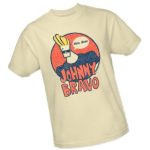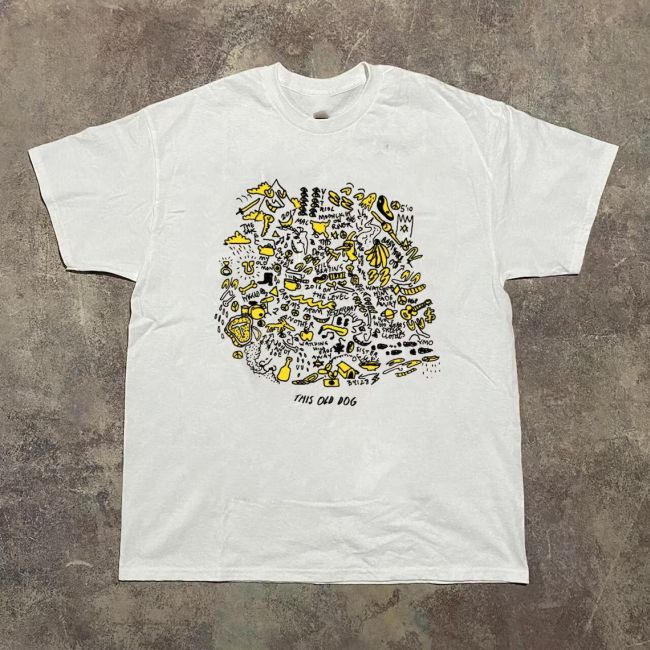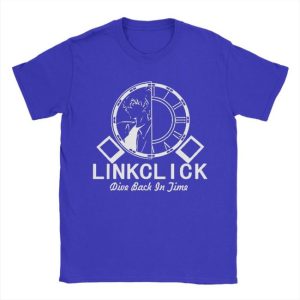In the ever-evolving world of fashion, individuality and personal expression have become paramount. One fascinating trend that has emerged is fans transforming their admiration for musicians into unique style statements by incorporating pieces from artists’ own stores into their wardrobes. A prime example of this phenomenon can be seen with Mac DeMarco, the Canadian singer-songwriter known not only for his laid-back music but also for his distinctive aesthetic sensibility. His store offerings have become coveted items among fans who aspire to channel his effortlessly cool vibe, proving that fandom can transcend mere appreciation and evolve into a full-fledged fashion identity.
Mac DeMarco’s style is often described as retro-inspired yet refreshingly modern-a blend of vintage charm with contemporary casualness. This duality resonates deeply with a generation seeking authenticity in both sound and appearance. When fans Mac Demarco shop‘s store, they’re not just buying merchandise; they’re investing in a lifestyle that embodies comfort, creativity, and an unpretentious attitude toward fashion. From graphic tees emblazoned with quirky artwork to cozy hoodies featuring subtle nods to his musical persona, each piece serves as a wearable extension of Mac’s artistic ethos.
What makes these finds particularly appealing is their versatility. Unlike mainstream fast fashion items designed solely for mass appeal, Mac DeMarco’s apparel offers something more nuanced-pieces that invite layering and mixing with existing wardrobe staples to create looks that feel genuinely personal. For instance, pairing one of his signature oversized shirts with classic denim jeans or vintage sneakers can instantly elevate an outfit from ordinary to effortlessly stylish without appearing contrived.
Moreover, embracing Mac Demarco’s store finds allows fans to partake in a cultural movement where music influences fashion beyond album covers or concert merch tables. It blurs the lines between artist and audience by making clothing an interactive medium through which followers express allegiance while simultaneously crafting distinct identities within broader subcultures like indie rock or alternative streetwear.
Social media platforms further amplify this dynamic; Instagram feeds abound with photos showcasing how individuals incorporate these pieces into everyday ensembles-from casual coffee runs to creative meetups-demonstrating the widespread appeal of merging fandom with personal style innovation. Influencers often highlight these garments’ quality and design details, encouraging others to explore similar avenues for self-expression rooted in musical inspiration.
Ultimately, transitioning from fan to fashionista through rocking Mac DeMarco’s store finds underscores a broader cultural shift: consumers increasingly seek meaningful connections between what they wear and what they love beyond superficial trends. By donning apparel tied directly to an admired artist’s vision rather than generic branding alone, wearers celebrate not just music but also creativity itself-a testament to how art continues shaping identity in unexpected yet profoundly impactful ways.



